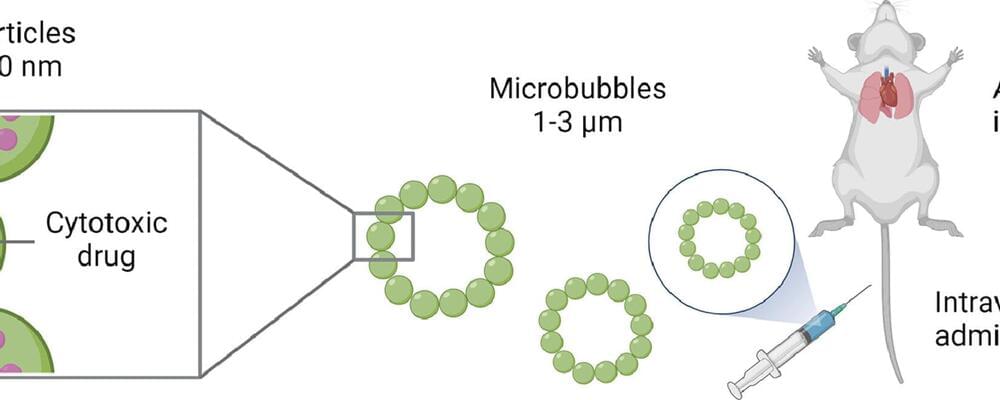Nov 22, 2024
Repair Proteins Collaborate in “Hubs” to Repair DNA Damage
Posted by Shubham Ghosh Roy in categories: biotech/medical, chemistry
DNA can be damaged by normal cellular processes as well as external factors such as UV radiation and chemicals. Such damage can lead to breaks in the DNA strand. If DNA damage is not properly repaired, mutations can occur, which may result in diseases like cancer. Cells use repair systems to fix this damage, with specialized proteins locating and binding to the damaged regions. Now, researchers from the Kind Group at the Hubrecht Institute have mapped the activity of repair proteins in individual human cells. The study demonstrates how these proteins collaborate in so-called “hubs” to repair DNA damage. These findings may lead to new cancer therapies and other treatments where DNA repair is essential.
The researchers published their findings in Nature Communications in an article titled, “Genome-wide profiling of DNA repair proteins in single cells.”
“Accurate repair of DNA damage is critical for maintenance of genomic integrity and cellular viability,” the researchers wrote. “Because damage occurs non-uniformly across the genome, single-cell resolution is required for proper interrogation, but sensitive detection has remained challenging. Here, we present a comprehensive analysis of repair protein localization in single human cells using DamID and ChIC sequencing techniques.”


















